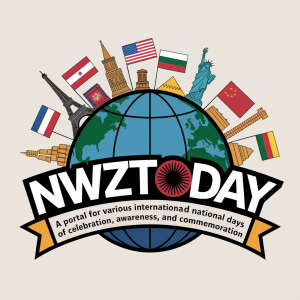Every year on November 11, France pauses to commemorate a monumental moment in its history—the signing of the Armistice that ended World War I. Known as French Armistice Day (or “Armistice de la Première Guerre mondiale” in French), this day marks the cessation of hostilities between the Allied Powers and Germany in 1918, bringing an end to one of the deadliest conflicts in human history. In 2025, this day will once again offer an opportunity to reflect on the sacrifices made during the Great War and celebrate the enduring peace that followed.
The History Behind Armistice Day
On the 11th hour of the 11th day of the 11th month in 1918, the guns fell silent across the Western Front. The Armistice, signed in a railway carriage in the Compiègne Forest, marked the end of fighting on the battlefields of World War I. This agreement was a turning point, paving the way for the eventual Treaty of Versailles in 1919. France, which bore the brunt of much of the war’s devastation, has observed November 11 as a day of remembrance and gratitude ever since.
Initially, Armistice Day was a solemn occasion dedicated to honoring the millions of soldiers who gave their lives during the war. Over the years, it has evolved to include tributes to those who have served in all conflicts, making it a broader day of remembrance for the French nation.
How is French Armistice Day Celebrated?
In France, Armistice Day is a public holiday marked by ceremonies, parades, and moments of silence. The most iconic event takes place at the Arc de Triomphe in Paris, where the President of France lays a wreath at the Tomb of the Unknown Soldier. This solemn act is accompanied by the rekindling of the eternal flame, a powerful symbol of remembrance and resilience.
Around the country, local towns and villages hold their own commemorations. Schools often organize educational activities to teach students about the history and significance of the day. Families may visit war memorials, and many choose to wear the bleuet de France (a cornflower pin), the French equivalent of the British poppy, to show solidarity with veterans and those affected by war.
Fun Facts About Armistice Day
- The railway carriage where the Armistice was signed was later placed in a museum, but it was famously destroyed during World War II by Nazi forces.
- France’s national symbol for remembrance, the cornflower, was chosen because it was one of the few flowers that grew in the war-torn battlefields of World War I.
- Armistice Day is commemorated in many countries worldwide, including the UK (as Remembrance Day) and the US (as Veterans Day), though each has its unique traditions.
Why This Day Still Matters
French Armistice Day is not just about reflecting on the past—it’s about recognizing the importance of peace, unity, and the sacrifices made to protect these values. In a world still grappling with conflict, this day serves as a reminder of the cost of war and the enduring hope for a better future.
Join the Commemoration
As November 11, 2025, approaches, why not take a moment to learn more about the history of World War I and its impact on the world? Consider visiting a local war memorial, attending a remembrance ceremony, or even sharing your thoughts on social media to keep the spirit of Armistice Day alive. Together, we can honor the past and strive for a future rooted in peace and understanding.
So, mark your calendars and join France in commemorating this historic day. Let’s ensure that the sacrifices of the past are never forgotten and that the lessons of history continue to guide us forward.









